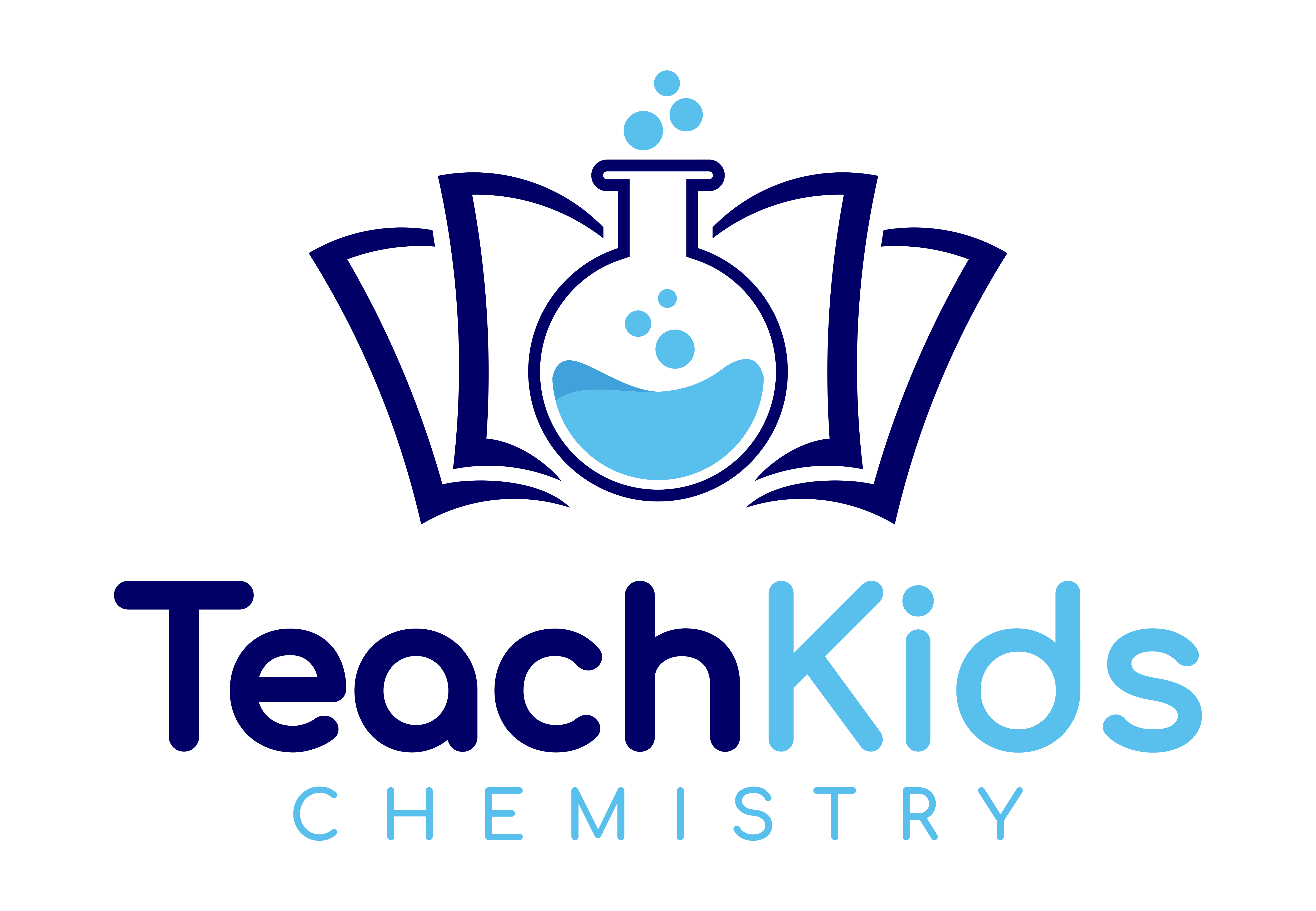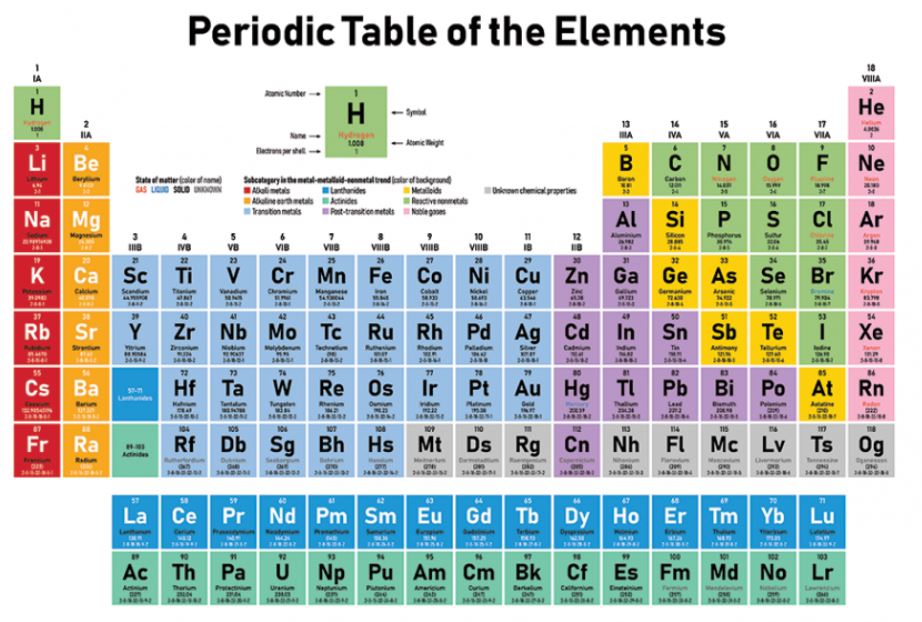Hello and welcome to Teach Kids Chemistry! Today, we will be discussing the fascinating element cerium. Cerium is a member of the lanthanide series and is represented by the symbol Ce on the periodic table. It has a silvery-white appearance and is a relatively soft metal. Cerium is widely used in industry, particularly in the production of catalytic converters for automobiles. Join us as we explore the properties and applications of this important element in a simple and non-complex manner.
The Periodic Element Cerium Overview
Cerium is a chemical element with the symbol Ce and atomic number 58. It is a soft, silvery-white metal that belongs to the lanthanide series of the periodic table. Cerium has an atomic mass of 140.12 u and contains 82 neutrons, 58 protons, and 58 electrons. It is located in period 6 and group 3 of the periodic table. Cerium is a rare earth metal that is found in minerals such as monazite and bastnasite. It is a reactive metal that tarnishes easily in air and reacts with water to form hydrogen gas.Cerium is a metal that is located in the f-block of the periodic table. It has an electronegativity of 1.12 and a specific heat capacity of 26.94 J/mol·K. The melting point of cerium is 798 °C, and its boiling point is 3,468 °C. It has a density of 6.77 g/cm³ at room temperature. Cerium is used in a variety of applications, including in the production of catalytic converters for automobiles, as a polishing agent for glass and metals, and in the production of alloys for use in the aerospace industry.
Everyday objects that contain the periodic element cerium?
There are many everyday objects that contain chemicals or compounds that can be used to teach chemistry concepts. For example, water is a compound made up of two hydrogen atoms and one oxygen atom, and can be used to teach about chemical formulas and the properties of different elements. Salt, which is made up of sodium and chlorine, can be used to teach about ionic bonding and the properties of salts. Baking soda, which is sodium bicarbonate, can be used to teach about chemical reactions and the properties of acids and bases. Other examples include vinegar, which is acetic acid, and sugar, which is a carbohydrate. By using these everyday objects, students can learn about chemistry concepts in a simple and relatable way.
Differences in the periodic element cerium across states of matter
The state of an element can vary greatly depending on its temperature and pressure. At standard temperature and pressure (STP), most elements are either solids or gases. Solids have a fixed shape and volume, while gases have neither. As temperature and pressure increase, some solids can become liquids, which have a fixed volume but take the shape of their container. As temperature and pressure continue to increase, some liquids can become gases, which have neither a fixed shape nor volume. At extremely high temperatures and pressures, some gases can become plasmas, which are highly ionized and conductive. Plasmas are often found in stars and lightning bolts, and have unique properties such as the ability to emit light.
Is the periodic element cerium dangerous or radioactive?
Cerium is a chemical element with the symbol Ce and atomic number 58. It is a soft, silvery, ductile metal that is not considered dangerous or radioactive. Cerium is widely used in the production of catalytic converters, glass polishing compounds, and as a component in alloys. While cerium can be hazardous if ingested or inhaled in large quantities, it is not considered a significant health risk in normal use. As a chemistry teacher, it is important to educate students on the properties and uses of different elements, including their potential hazards and safety precautions.
Is the periodic element cerium rare and expensive?
Cerium is not considered a rare or expensive element. It is actually quite abundant in the Earth’s crust, with an estimated concentration of 68 parts per million. Cerium is widely used in various industries, including automotive, glass, and electronics, due to its unique properties such as high melting point, excellent oxidation resistance, and good catalytic activity. As a result, cerium is readily available and relatively affordable, making it a popular choice for many applications.
Learn about all the elements with a periodic table!

